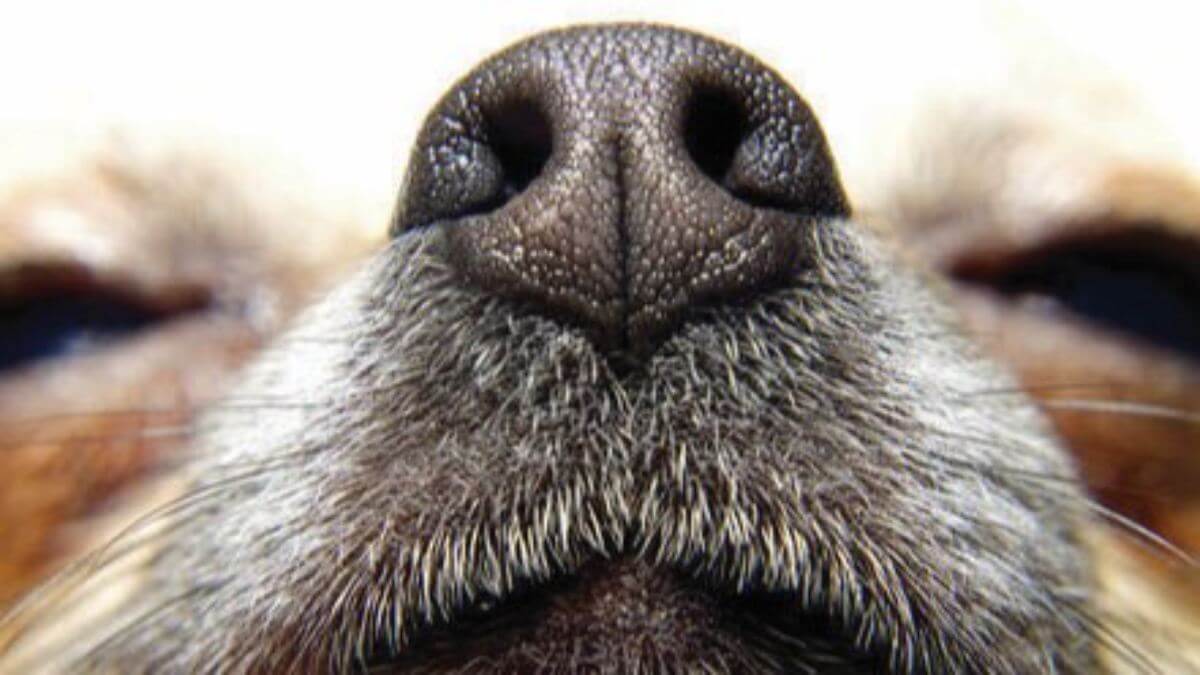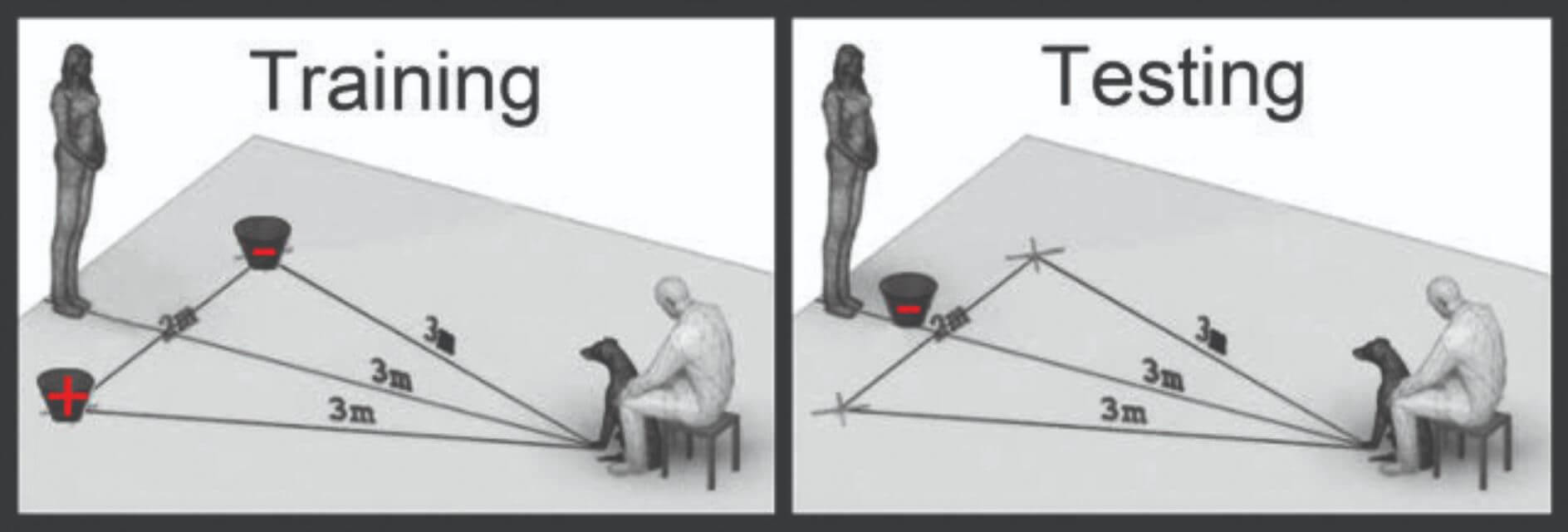


Home » How to Make Your Dog More Optimistic

Research across many species, from rats to dogs to zoo animals, show that their attitude towards life, positive or negative, affects their welfare, mental health, ability to learn and remember, and the quality of their decisions. Negative attitudes are often tied to separation anxiety or dog-directed fear and aggression.
As a result, we want our dogs to have a positive attitude not only because it makes them happier but also because it increases mental stability and improves how easily they learn, remember, and make good decisions about situations they find themselves in. It turns out that one dog sport improves dogs’ optimism, and with it, all of these benefits.
We all know people who are “glass half-full” types—they look at life from a positive viewpoint and generally are fun to be with. And of course, there are the “glass half-empty” types who always seem pessimistic and can be kind of a downer to spend time with.
This attitude toward life is referred to as cognitive bias, and it has huge implications for mental health as well as learning and memory. Cognitive bias has a significant influence on behavior and decision-making. In fact, changing a person’s cognitive bias is a core feature of cognitive behavioral therapy, one of the most well-founded therapeutic interventions for improving mental health.
Cognitive bias testing has shown that rats living in unpredictable living conditions expect fewer positive outcomes than rats living in predictable conditions. Sheep that are released from restraint have a more positive cognitive bias. Pigs in an enriched environment are more optimistic than pigs in a less enriched environment. Even honeybees demonstrate cognitive bias—those from hives that were shaken were more likely to drink from flowers containing a liquid that contained less sugar than those from a stable hive.
Cognitive bias is measured in humans using a language-based test. Cognitive bias testing in animals consists of training the animal to discriminate between two stimuli: one associated with a positive event (e.g., food reward), the other associated with a negative event, such as disgusting food, a fear-eliciting object, or the absence of a reward. The animal is then given an ambiguous stimulus and its behavior observed to see whether the dog is expecting a reward or a negative event.
To test cognitive bias in dogs, a dog is seated about 10’ (3m) from a 6’ (2m) line placed perpendicular to the dog and owner (see figure). When a bowl is placed at one end of the line (the positive end), it contains great food. When placed at the other end of the 6’ line (the negative end), it is empty. Then an empty bowl is placed in the middle of the 6’ line and the dog is observed to see how many seconds it takes to approach the bowl. A dog with a positive cognitive bias approaches the bowl quickly to see whether a great treat might be waiting there. A dog with a negative cognitive bias will approach more slowly, with a degree of suspicion.

A recently published study used cognitive bias testing to compare dogs that had been trained in nosework vs. heeling. Twenty dogs were trained in the cognitive bias test, so they knew where to go to get the good treat and they knew that the other bowl was empty. The dogs were then randomly assigned to groups of 10 dogs each and both groups of dogs were tested for their cognitive bias by placing the bowl in the ambiguous position, and the amount of time it took them to get to the bowl was recorded. There were no differences between the groups in this initial test.
Then one group of dogs spent two weeks being trained in nosework, while the other group was trained in heeling. Both groups of dogs spent the same amount of time training with their owners, the same amount of time being active, and ingested the same number of treats during training. The groups were then re-tested for cognitive bias.
Dogs that had been trained in nosework approached the ambiguous bowl significantly faster than they did before, whereas there was no difference for the dogs trained in heeling. The authors concluded that the dogs that were trained in nosework had developed a more “optimistic” outlook. The authors postulate that pet dogs generally cannot engage in natural behaviors such as foraging, which free-range dogs spend 10 to 22 percent of their time doing. Foraging is a natural behavior of dogs and is a form of environmental enrichment that is important for animal welfare and improvement of cognitive bias.
So how cool is this? Playing scenting games with our dogs, such as nosework, makes their cognitive bias more positive. Future research will have to confirm the final outcomes, but if dogs are like other species, a more positive attitude will make them more optimistic about life, increase their mental stability, improve how easily they learn and remember, and improve their decision making.
Okay, I know what you’re thinking—the dogs that were trained in nosework were clearly trained to look into boxes for food, so of course they went more quickly towards the ambiguous bowl in hopes of finding food. Well, it should be noted that the dogs in both groups were just as effective in identifying, and approaching or not, the positive and negative bowls during the cognitive bias testing; only their behavior towards the ambiguous bowl differed. This suggests that there wasn’t an effect of being trained to go and investigate bowls.
This study suggests that foraging (looking for and consuming food) is stimulating and intrinsically rewarding to dogs. Thus, increasing your dog’s foraging time, whether that means teaching nosework or scent work formally or just as a game to play around the house and yard, or using food-distributing toys, might actually increase your dog’s optimism and outlook toward life.
And just as an extra note: oxytocin has been found to improve cognitive bias in dogs too, so all that time you spend petting, making eye contact, and telling your dog you love him/her (which has been shown to induce secretion of oxytocin in both human and dog)—that’s improving both your and your dog’s outlook on life. I’m all for that!
